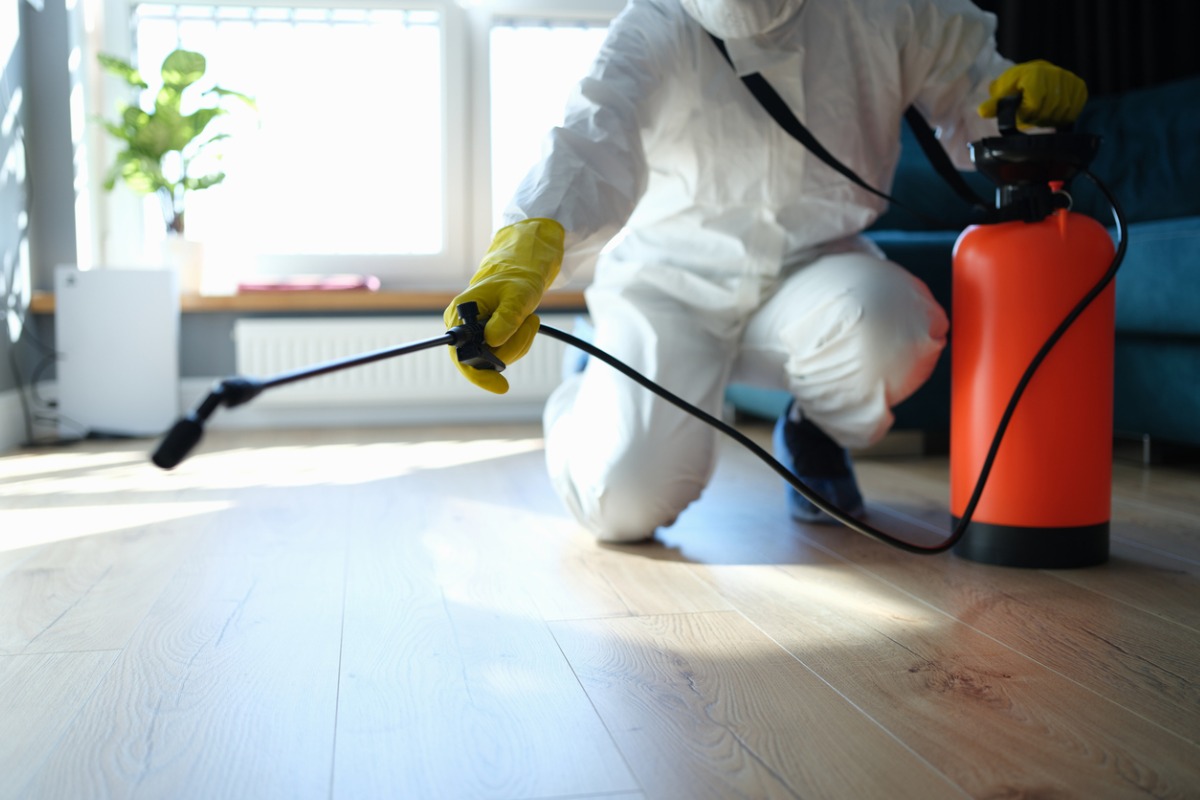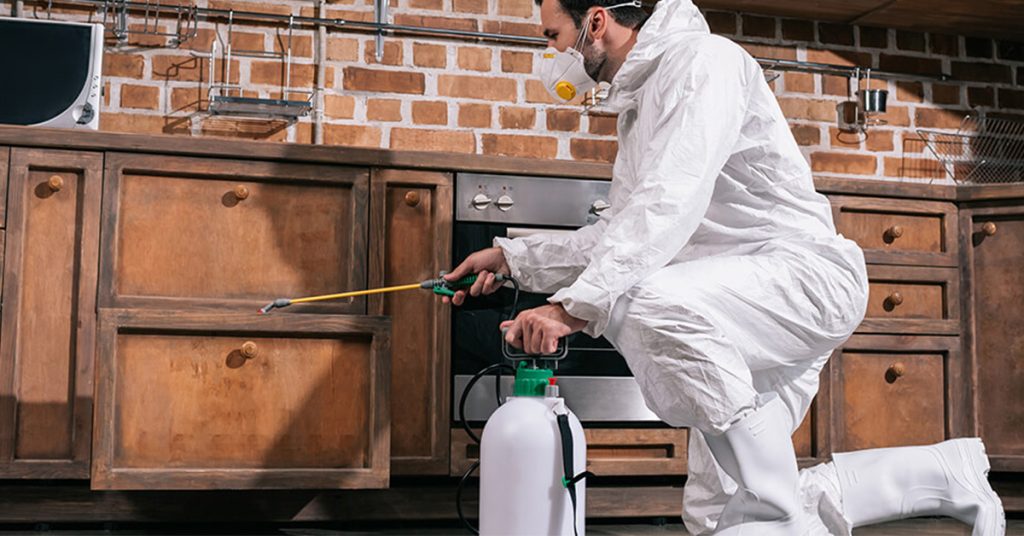Exploring Problem and Therapy Techniques in the Globe of Insect Control
The landscape of parasite control includes a myriad of obstacles, specifically as invasions of common household parasites proceed to develop. By integrating preventative procedures with sophisticated management strategies, such as Integrated Insect Monitoring (IPM), homeowners can better safeguard their environments.

Usual Household Pests
When it pertains to handling our space, recognizing common family parasites is essential. These insects not only disrupt our convenience yet can also pose wellness risks and damage residential property. One of the most common home bugs consist of ants, roaches, rodents, termites, and bed pests.
Ants, typically seen foraging in kitchens, can infect food and develop big colonies. Cockroaches, known for their resilience, can trigger allergic reactions and spread microorganisms. Rodents, including mice and rats, can cause structural damage and carry diseases like hantavirus and salmonella. Termites, frequently referred to as "silent destroyers," can endanger the stability of wooden frameworks, leading to costly repair work. Bed insects, although not condition providers, can trigger significant pain via their attacks and cause emotional distress.
Identifying the signs of these pests, such as droppings, nests, or attack marks, is vital for early treatment (Pest Control Lockhart). Correct cleanliness techniques, securing access points, and maintaining a clutter-free environment are efficient preventative measures. By identifying these typical household parasites and understanding their behaviors, homeowners can take positive actions to reduce problems, guaranteeing a much healthier living atmosphere
Understanding Bug Infestations
Pest infestations can rise swiftly, turning a minor annoyance right into a considerable trouble if not attended to immediately. Recognizing the nature of these invasions is essential for efficient administration. Insects can attack domestic and commercial rooms for different reasons, including the look for food, shelter, or breeding premises. Typical variables adding to problems include bad hygiene, architectural vulnerabilities, and seasonal adjustments that drive parasites indoors.
Identifying the kind of parasite is important, as different varieties show varied habits and reproductive prices. Rodents might develop nests in concealed areas while insects like roaches prosper in moist environments. Early detection commonly rests on recognizing signs such as droppings, chomp marks, or uncommon audios, which can indicate a problem prior to it comes to be extreme.
Environmental conditions also play an essential role in parasite expansion. Cozy, damp environments can help with the fast growth of parasite populations, while modifications in landscaping or building and construction can unintentionally create helpful environments. Consequently, normal assessments and preventative actions are critical to minimizing the risk of problems. An informed approach to recognizing these dynamics lays the groundwork for efficient bug management approaches in the future.
Therapy Approaches and Methods
Reliable therapy approaches and view publisher site techniques are vital for mitigating parasite invasions and restoring a safe setting. A complex strategy is usually best, integrating chemical, biological, and mechanical strategies customized to the certain pest and the extent of the problem.
Chemical treatments include making use of insecticides and herbicides, which can effectively get rid of insects. Nonetheless, proper application and adherence to safety and security guidelines are vital to minimize threats to humans and non-target microorganisms. Integrated Insect Administration (IPM) motivates the cautious use chemicals as a last hope, relying instead on monitoring and limit levels to identify treatment requirements.
Organic control methods involve presenting all-natural killers or bloodsuckers to minimize insect populations. This approach is significantly preferred, especially in agricultural settings, as it promotes environmental sustainability.
Mechanical approaches, such as traps and obstacles, provide prompt alleviation from bugs without introducing chemicals. Alternatives include sticky traps for bugs or physical barriers for rats.
Eventually, the option of treatment technique ought to take into consideration the certain insect, the atmosphere, and possible effect on human health and wellness and ecosystems. A well balanced mix of these strategies can properly take care of problems while promoting long-lasting pest control solutions.
Preventive Actions for Homes
Proactively addressing pest concerns prior to they rise is essential for maintaining a healthy home environment (Pest Control Lockhart). Applying reliable safety nets can significantly reduce the likelihood of infestations, inevitably securing both your residential or commercial property and well-being

Correct landscape design likewise plays an important duty in avoidance. Maintaining hedges and trees trimmed away from the home lowers the opportunities of insects finding their way indoors. Additionally, ensure that water drainage systems are working effectively to stop standing water, which can draw in insects and various other bugs.
Finally, routine inspections are suggested. Regularly checking additional resources for indicators of parasite activity allows for very early intervention. By taking on these safety nets, house owners can develop a setting that is much less welcoming to bugs, thus enhancing their total top quality of life and minimizing the need for extensive parasite control interventions.
Industrial Parasite Control Strategies
An extensive approach to industrial insect control is essential for businesses aiming to keep a secure and hygienic atmosphere. Reliable approaches involve a mix of routine assessments, employee training, and the execution of Integrated Parasite Administration (IPM) practices.
Regular examinations make it possible for early discovery of bug task, permitting for timely treatment. Services must establish a routine timetable for these evaluations, concentrating on risky locations such as kitchens, storage rooms, and waste disposal websites. Staff member training is similarly vital; staff needs to be educated on the signs of insect invasions and the value of reporting them instantly.
Carrying out IPM techniques helps mitigate pest issues sustainably. This includes environment adjustment, such as sealing access factors and reducing clutter, as well as utilizing natural deterrents before considering chemical treatments.

Furthermore, collaborating with a certified parasite control provider makes certain accessibility to professional expertise and innovative treatment options. This collaboration can result in customized pest control prepares tailored to the certain needs of business, minimizing threats and enhancing general effectiveness. Eventually, a proactive and informed technique fosters a pest-free atmosphere, protecting both public health and wellness and company reputation.
Verdict
In verdict, efficient pest control demands a thorough understanding of typical house bugs and their habits, paired with targeted treatment methods. Executing preventative More hints actions alongside treatment methods such as Integrated Parasite Administration and biological control boosts the capacity to alleviate problems.